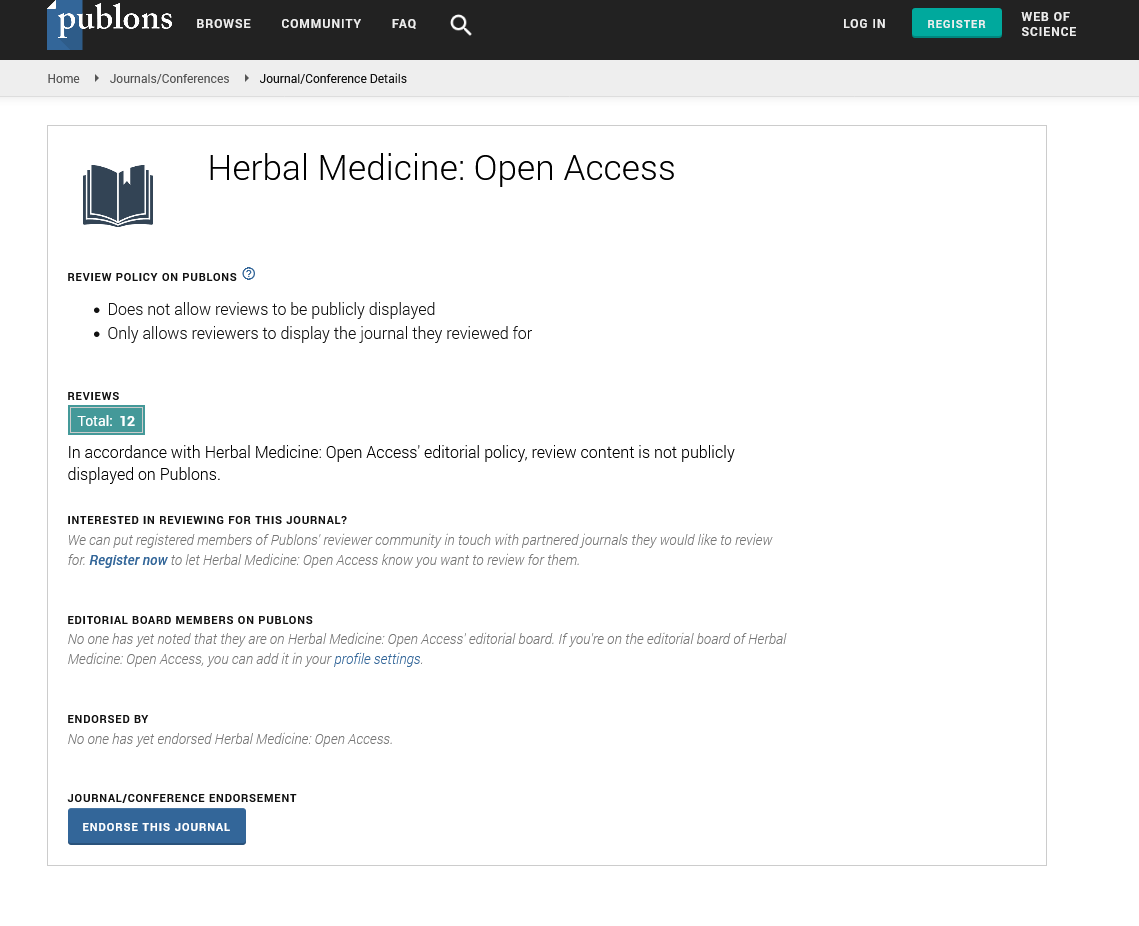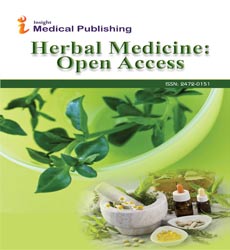Abstract
Variation in Growth Dynamics and Reproductive Allocation in Ajuga Species across Different Altitudes
Ajuga is a medicinally important genus of the Himalayan region. This study was carried out on the phenotypic variability and reproductive allocation in two species of genus Ajuga, A. bracteosa and A. parviflora growing in variable habitats of Kashmir valley. Our findings clearly displayed significant divergence among sites which reveals a definite impact of altitude on morphological and reproductive features of the species under study. In A. bracteosa the plants growing at low altitudes are comparatively taller and produce more number of leaves, greater leaf dimensions and inflorescence number. But in case of A. parviflora a more or less reverse trend was seen. Principal component analysis (PCA) revealed that the habitat of Kangan and Dachigam proved relatively better for the growth of A. bracteosa and Brinal 2 and Gogaldara for A. parviflora. Maximum resources were allocated to the growth and development of the leaves followed by stem, root tubers and inflorescence in both the species. The reproductive effort was higher (40.48 ± 1.59) for the high altitude Betab valley population in case of A. bracteosa and was lowest for the high altitude Brinal 2 population (45.88 ± 1.37) in case of A. parviflora. The regression analysis revealed a positive correlation between branch length and root length, branch length and apical leaf length in both the species and a negative correlation between branch length and number of branches per plant in both the species. Our results are very useful to introduce the species into cultivation and developing strategies for conservation.
Author(s):
Shabana Gulzar, Ubaid Yaqoob, Afrozah Hassan and Irshad Ahmad Nawchoo
Abstract | Full-Text | PDF
Share this

Google scholar citation report
Citations : 271
Herbal Medicine: Open Access received 271 citations as per google scholar report
Herbal Medicine: Open Access peer review process verified at publons
Abstracted/Indexed in
- Google Scholar
- JournalTOCs
- China National Knowledge Infrastructure (CNKI)
- Directory of Research Journal Indexing (DRJI)
- WorldCat
- Publons
- Secret Search Engine Labs
Open Access Journals
- Aquaculture & Veterinary Science
- Chemistry & Chemical Sciences
- Clinical Sciences
- Engineering
- General Science
- Genetics & Molecular Biology
- Health Care & Nursing
- Immunology & Microbiology
- Materials Science
- Mathematics & Physics
- Medical Sciences
- Neurology & Psychiatry
- Oncology & Cancer Science
- Pharmaceutical Sciences


